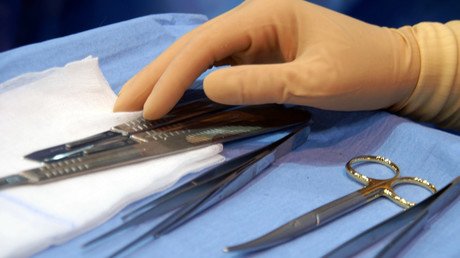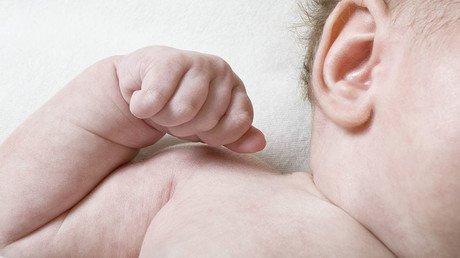Scientists 3D-print ‘high-resolution’ living tissue

Oxford University scientists have found a ground-breaking way of 3D-printing living tissue that could pave the way for regenerative medicine.
The new way to 3D-print stem cells to recreate complex living tissues was devised by Oxford scientists in collaboration with Bristol’s School of Cellular and Molecular Medicine.
The discovery could revolutionize regenerative medicine as it allows for the reproduction of complex tissue that could replace or repair damaged or severed areas of the body.
“The versatility and robust nature of our approach provides a new set of tools for bottom-up tissue engineering at a low cost,” researchers claim in their paper, published in Scientific Reports.
One of the main hurdles of 3D-printing organic matter has been that cells move within the printed structures, and the soft scaffoldings supporting them tend to collapse on themselves.
The new method could see the production of tissue in self-contained cells that support the structures and could help them keep their shape.
“We were aiming to fabricate 3D living tissues that could display the basic behaviors and physiology found in natural organisms,” said Alexander Graham, lead author and 3D Bioprinting Scientist at OxSyBio (Oxford Synthetic Biology).
The research team wanted to produce prints with the same cell complexity of native tissue.
“To date, there are limited examples of printed tissues, which have the complex cellular architecture of native tissues.”
“Hence, we focused on designing a high-resolution cell printing platform, from relatively inexpensive components, that could be used to reproducibly produce artificial tissues with appropriate complexity from a range of cells including stem cells.”
The new method seems to improve the survival rate of cells, as they had a high viability average of 90 percent.
“The bioprinting approach developed with Oxford University is very exciting, as the cellular constructs can be printed efficiently at extremely high resolution with very little waste,” said Adam Perriman, of the University of Bristol’s School of Cellular and Molecular Medicine.
The researchers believe the approach could put a halt to animal testing and play a key role in drug and toxin screening.
“There are many potential applications for bioprinting and we believe it will be possible to create personalized treatments by using cells sourced from patients to mimic or enhance natural tissue function,” said Sam Olof, chief technology officer at OxSyBio.














